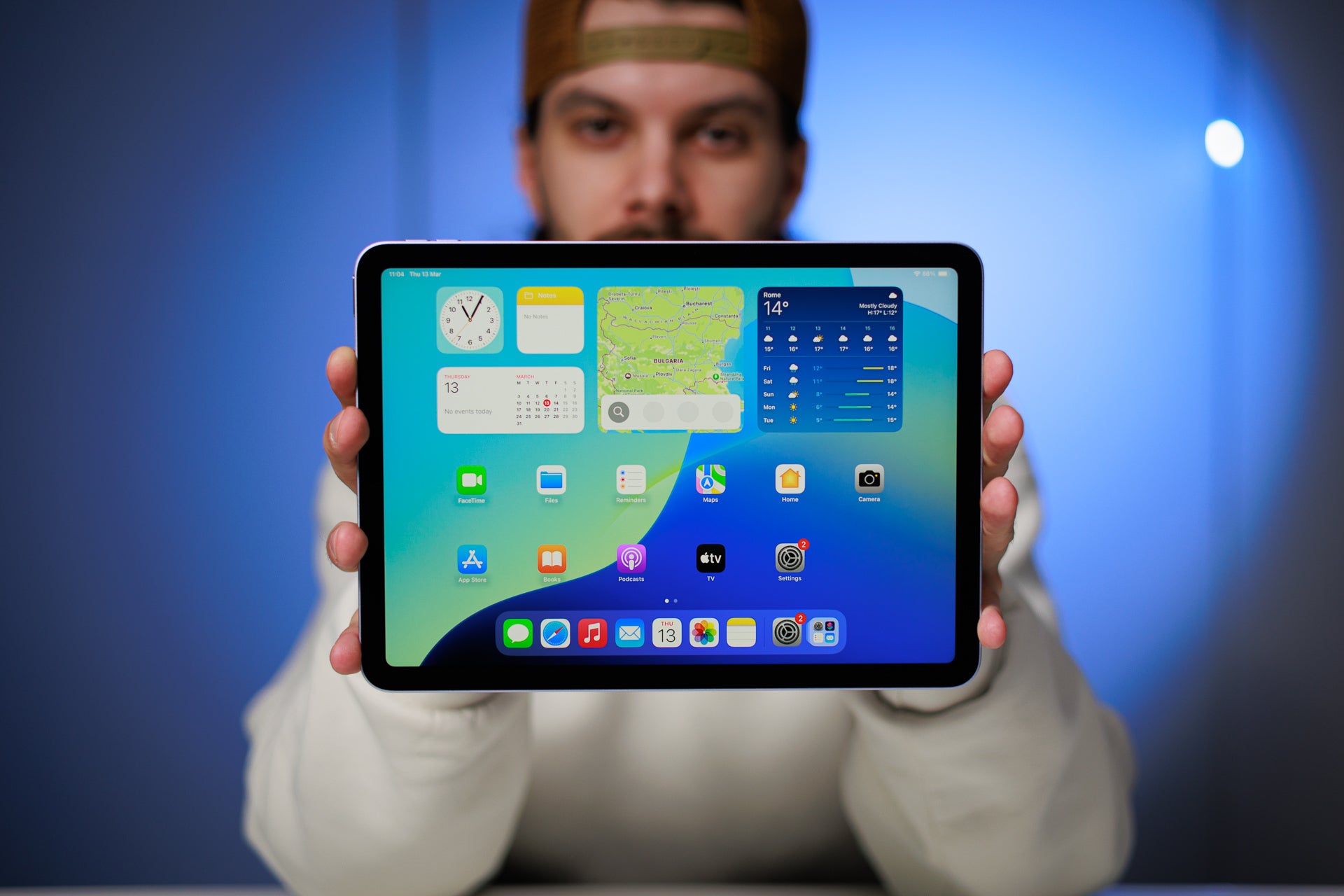Apple has big plans for the screens on some MacBooks and iPads, and even bigger plans for your wallet. The company is reportedly testing OLED displays for three of its upcoming products, but those upgrades will come with higher prices.
Apple may use OLED displays for some laptops and tablets
Future versions of the MacBook Air, iPad Air and iPad Mini are likely to include OLED displays, according to a report by Bloomberg. They will be part of a broader shift toward OLED for the company, which already uses the technology for iPhone, iPad Pro and Apple Watch displays. However, that change is likely to take some time. Apple is rumored to unveil a MacBook Pro with an OLED display in late 2026 or early 2027, along with the laptop’s upcoming redesign. A MacBook Air with an OLED display is already in development, but it won’t be released before 2028. All of those models will likely include M6 chips.
Before the OLED line, Apple may launch a MacBook Air with M5 chip coming next spring. The company is also expected to announce the MacBook Pro with M5 Pro and M5 Max chips.
First on the iPad Mini, then on the iPad Air

The iPad Mini was last updated in late 2024. | Image credit: PhoneArena
The first device to receive an OLED overhaul is likely to be a new version of the iPad Mini. The screen update will be part of a broader redesign for Apple’s smallest tablet, which will likely launch in 2026. A major part of that redesign will be a new speaker system that uses vibration-related technology. Apple’s goal is to eliminate speaker holes and make the tablet waterproof. It would be a different approach to the iPhone’s waterproof design, which has speaker holes protected by gaskets and adhesives.
As with its laptops, Apple has another generation of iPad Air that will use LCD screens. That model will launch in spring 2026, while the switch to OLED will come in a later generation.
You will have to pay for that.


The latest iPad Air features an M3 chip. | Image credit: PhoneArena
Unsurprisingly, the move to OLED is expected to come at a cost. Apple could take advantage of the opportunity to increase the price of the iPad Mini by up to $100. considering the last The iPad Mini with A17 Pro starts at $499, which could push the price of the OLED upgrade to $599. The report doesn’t specifically mention other price increases, but it would make sense for Apple to increase the price of the iPad Air OLED as well. Currently, the The iPad Air with M3 chip starts at $599, which could be the starting price of an OLED iPad Mini. Raising the price to $699 would separate the two models and still keep it far enough away from the $999 starting price of the iPad Pro.
This would be in line with the use of OLED in tablets by other brands. Samsung has been incorporating OLED displays into its top-tier tablets, including the latest Galaxy Tab S11 series, for years. However, most other tablets, such as OnePlus Pad 3 and the Google Pixel Tablet, still relies on LCD screens. In that context, it makes sense that Apple isn’t planning an OLED refresh for the base iPad.
It’s nice to have, but it’s not always necessary.
I’d love to have better displays on every device I own, but I don’t think OLED is the best upgrade that justifies paying a higher price for a laptop. Yes, I know it provides incredibly deep blacks and vivid colors that make the entire image pop. However, those qualities aren’t as important if you use your device primarily for work and browsing, which is how I use my laptops. On the other hand, iPads are better for consuming content, so an OLED panel makes more sense on a device of this type. I don’t know if the difference in image quality will be worth the price difference, but I wouldn’t be surprised if it is.


